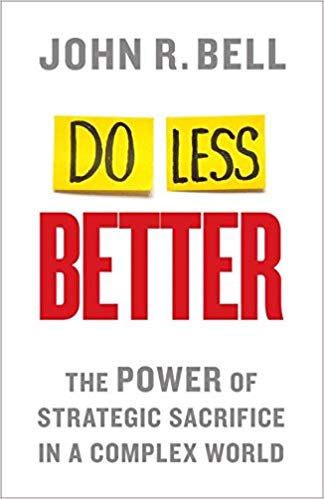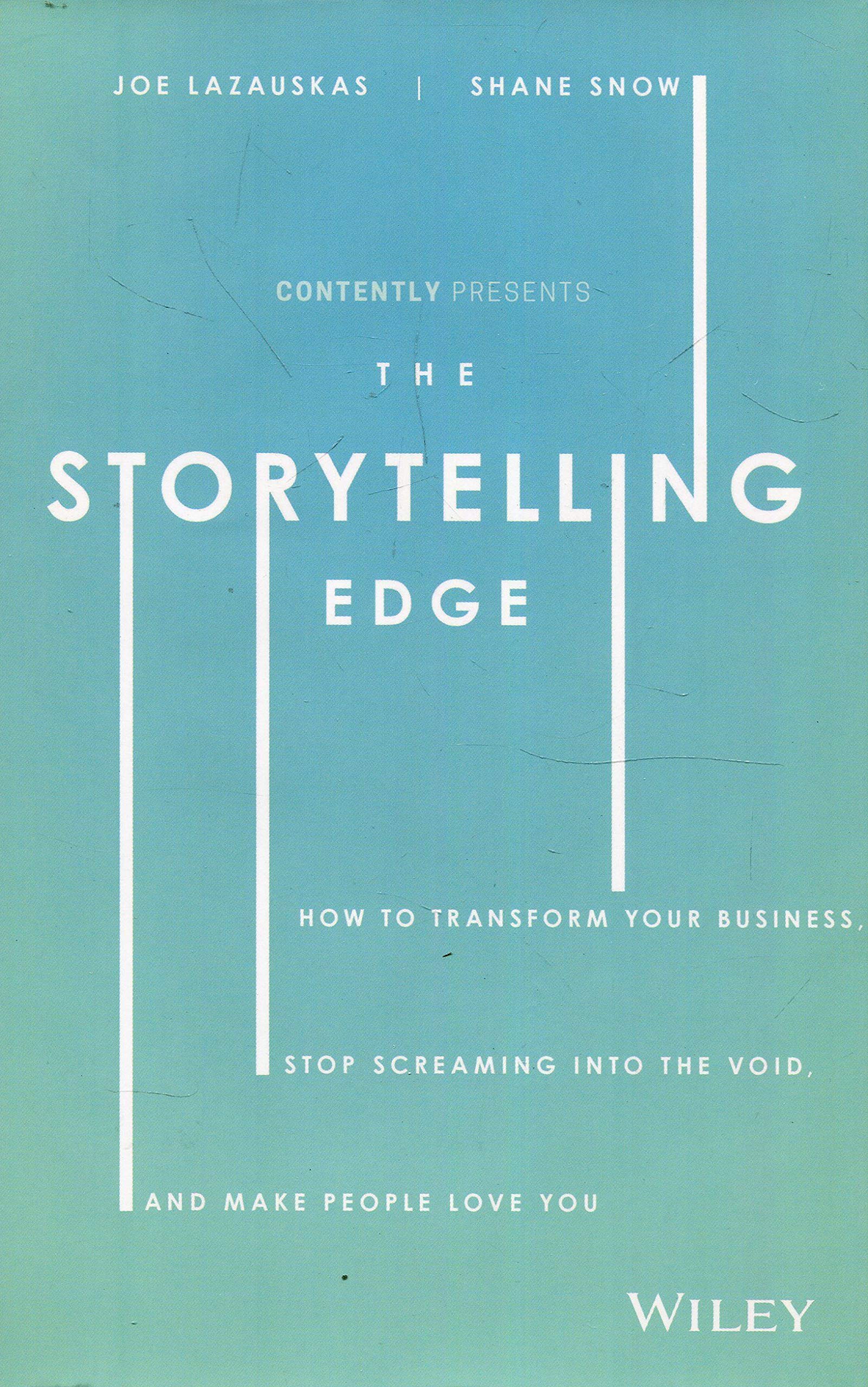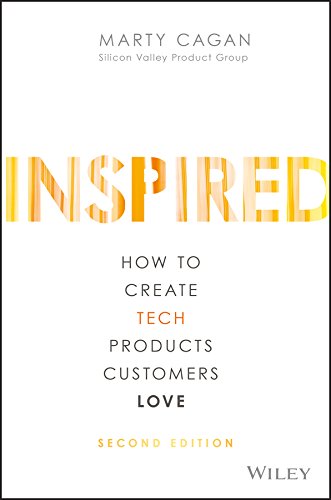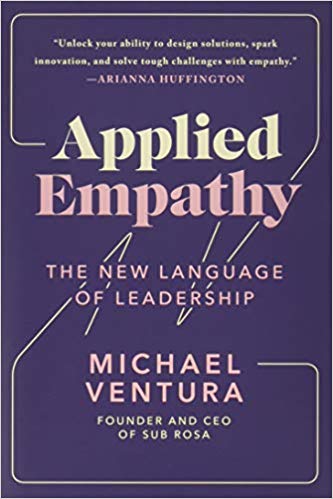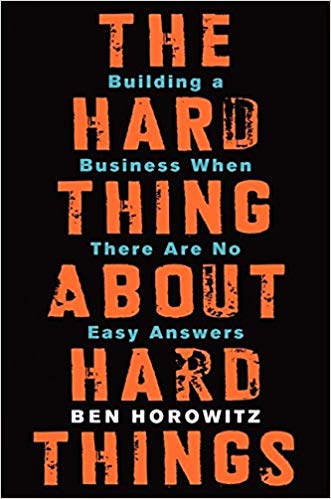Wisdom from Giants Part 3: Google and Sidewalk Labs

2018 Better by Design study tour insights: What you can learn from the US giants
By Blythe Rees-Jones and Laura McClennan
You missed the trip, but don’t miss the insights. This three part series will go behind the scenes of the Better by Design study tour to share with you the wisdom from Airbnb, Contently, Allbirds, Casper, Contently, Google and Sidewalk Labs.
PART THREE
GOOGLE - THINK BIG
“If we’re going to change the world, we all need to prioritise time to focus on those wild, big, beautiful ideas. ”
You know those experiences in life where you walk out thinking ‘what did I just see?’ That was me at Google.
Patrick, another beloved Kiwi and a lead engineer at Google, has been working with a secret product development team on Google’s yet-to-be-released artificial intelligence (AI) assistant. Think high-tech personal assistant on your phone (or “ok google” on steroids).
Google announced the Blue Ginger project as part of its 2018 keynote. Imagine saying “I want to book a table for three at Blue Ginger restaurant at 8:30pm tonight.” Then your phone dialled the number and a digital voice (technically a robot, but one which sounds completely human) made the booking. The incredible level of syntax embedded in the code means this technology is capable of holding a conversation with a human. They can even engage in small talk. When Patrick played us two different recordings—one digital voice, one human voice—we literally couldn’t tell the difference. Imagine what this means for future business?
Technology and AI is about to get real. How many Kiwi businesses are thinking about the impact of AI? It’s far more advanced than many realise. If you’re not aware of this or attune to what’s happening with AI, it’s worth actively trying to understand where it might intersect with your business and stay ahead of the curve.
The ‘10/20/70’ rule
When Google’s leadership team say follow the 10/20/70 rule, you listen! Focus 10 percent of your time on super-crazy ideas that would really disrupt (and inventively replace) your existing business, 20 percent of your time on bold, new innovative ideas that might or mightn’t work with your existing business model, and 70 percent of your time on the things you need to do next (and please don’t confuse ‘next’ with ‘business as usual’).
Sounds simple, right? But let’s be honest, how many companies are actually doing that 10 percent? If we’re going to change the world, we all need to prioritise time to focus on those wild, big, beautiful ideas.
Sidewalk labs – question the status quo
“We had delegates who didn’t think this insight applied to their business, but by unpacking the wider implications and consequences, realised smart cities could be extremely disruptive to the future of their current businesses. Digitisation of our environment and smart cities will change the rules, and we need to be ready. ”
Sidewalk Labs is an Alphabet business (which also owns Google), so it’s no surprise we left this session absolutely gobsmacked by the power of technology.
Craig Neville-Manning, one of Google’s top leaders and absolute Kiwi treasure (he’s referred to as one of America’s greatest immigrants) is now designing, building and running futuristic cities from scratch via Sidewalk Labs.
Sidewalk Labs isn’t afraid to question the status quo. Why should we wait at traffic lights when there’s no traffic? Why can’t buildings rotate with the sun, so people in apartments can all have access to sunshine? Why can’t our environment move with us via smart roads?
Craig gave us some insights into his latest project—a prototype city currently being built in Toronto which aims to improve life by achieving a 14 percent reduction in the cost of living, zero carbon impact, abundant green spaces, community happiness and one extra hour per day in residents’ back pockets thanks to less traffic. This is how they’re doing it:
· Transportation that prioritises walking, biking, shared rides and dynamically allocates roads to improve congestion (we’re talking roads that switch between highways during peak traffic and public spaces when cars don’t need them)
· Self-driving vehicles, sensors, responsive traffic signals and self-driving ‘taxibots’
· New types of flexible cost-effective buildings that require less space per person, increasing efficiency and affordability
· Viewing the neighbourhood as a platform that integrates the physical environment with digital technology, creating optimal conditions for urban innovation.
Kiwi businesses can also use technology in new and innovative ways by asking the right questions (and thinking more ambitiously!)
The digital age is going to impact our cities more than the elevator. We had delegates who didn’t think this insight applied to their business, but by unpacking the wider implications and consequences, realised smart cities could be extremely disruptive to the future of their current businesses. Digitisation of our environment and smart cities will change the rules, and we need to be ready.
the Wisdom from Giants series Wrapped: key take aways
The 2018 Better by Design Study Tour made one thing very clear—the future is closer than we think, and Kiwi businesses have the potential to shape this future. To ensure you’re one of these leaders, here’s what you need to remember:
· Put your customer first—understand them and engage them with empathy – there’s no substitute for direct interaction
· Be aggressive when it comes to customer acquisition—this is a leading wedge for US startups
· Form a digital data strategy and focus on data that will enable new insightful possibilities, and develop solutions accordingly
· The 10/20/70 rule—focus 10 percent on crazy ideas, 20 percent on bold ideas and 70 percent doing what needs to be done next
· Everyone is your customer, including your people. Recruit the best, then enable and empower them
· Your brand is only as strong as the quality and authenticity of the stories you tell
· Brands are a community shaped by culture, so focus on building your cultural narrative
· Thinking small is reckless. Think big. Go all in.
To help get your creative juices flowing, here’s a list of inspiring reads (as recommended by the world’s best):
· Do Less Better – John R. Bell
· The Storytelling Edge – Shane Snow
· Stories for Work: The Essential Guide to Business Storytelling – Gabrielle Dolan
· Inspired: How to Create Tech Products Customers Love – Marty Cagan
· Applied Empathy – Michael Ventura
· Extreme You – Sarah Robb O’Hagan
· The Hard Thing About Hard Things – Ben Horowitz
· Don’t Die With The Music In You – Wayne Bennett


